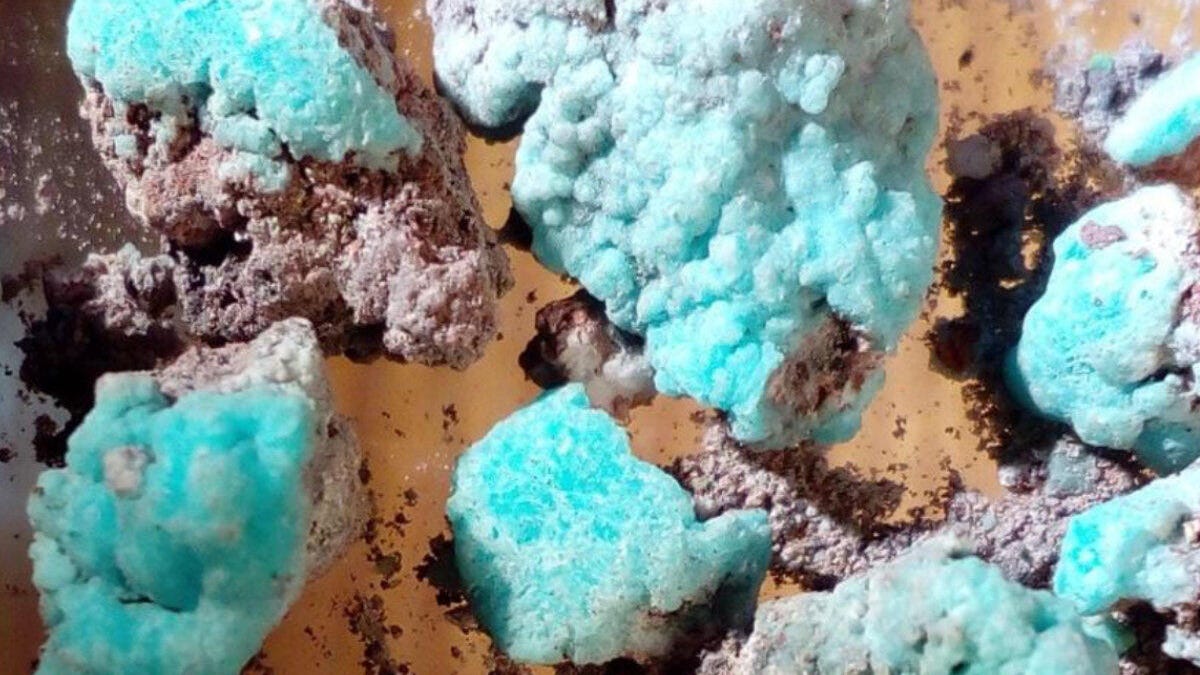Scientists discover beautiful blue new mineral petrovite
It's not just a pretty face. The mineral could find a use in next-generation rechargeable batteries.
The world of minerals is just as wild as the world of animals when it comes to discovering new specimens.
A research team led by crystallographer (crystal specialist) Stanislav Filatov at St. Petersburg University found a lovely new entry into the world of minerals: petrovite. Petrovite is beautiful to look at, but it could also help inspire advancements in next-generation batteries.
The bright blue mineral comes from a wild place: a volcanic landscape formed by major eruptions in the 1970s and the 2010s in the Kamchatka Peninsula of Russia. "This territory is unique in its mineralogical diversity. In recent years, researchers have discovered dozens of new minerals here, many of which are one-of-a-kind in the world," the university said in a statement on Tuesday.
The mineral is named for another St. Petersburg University crystallographer, Tomas Petrov. The team published a study on petrovite in the journal Mineralogical Magazine earlier this year.
Petrovite is particularly interesting because it's a bit of an oddball in its composition and structure. "The mineral consists of oxygen atoms, sodium sulphur and copper, which form a porous framework," the university said. "The voids are connected to each other by channels through which relatively small sodium atoms can move."
This means petrovite could be useful as a component of sodium ion batteries, a type of rechargeable battery that could become an affordable alternative to the lithium ion batteries common today.
Petrovite was born in a fiery place in the wild, but Filatov said researchers could look into synthesizing a compound with its same structure in a lab for use in battery development. That would be quite a journey from a volcano to powering gadgets in people's homes.


